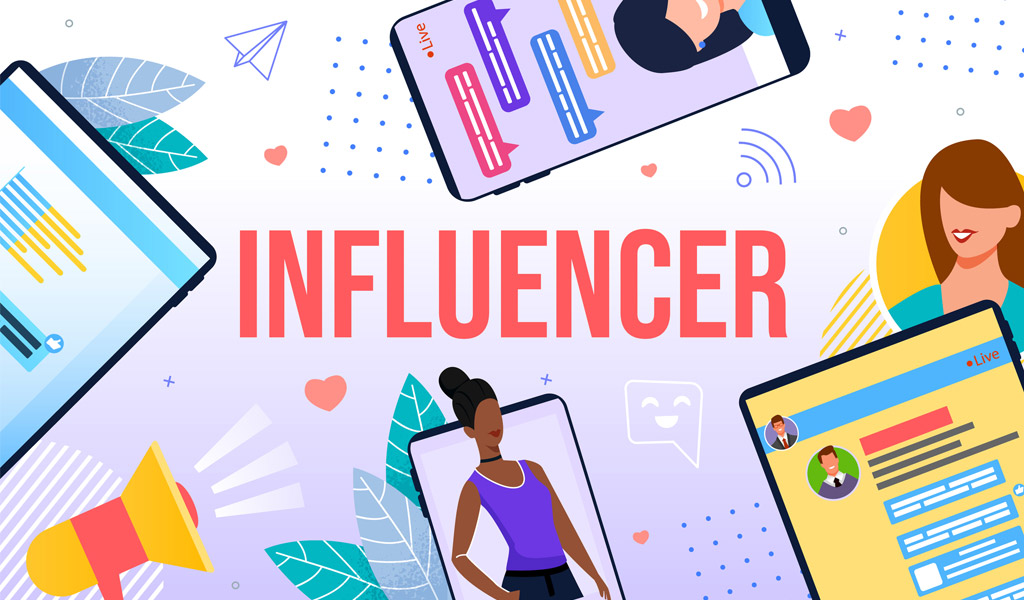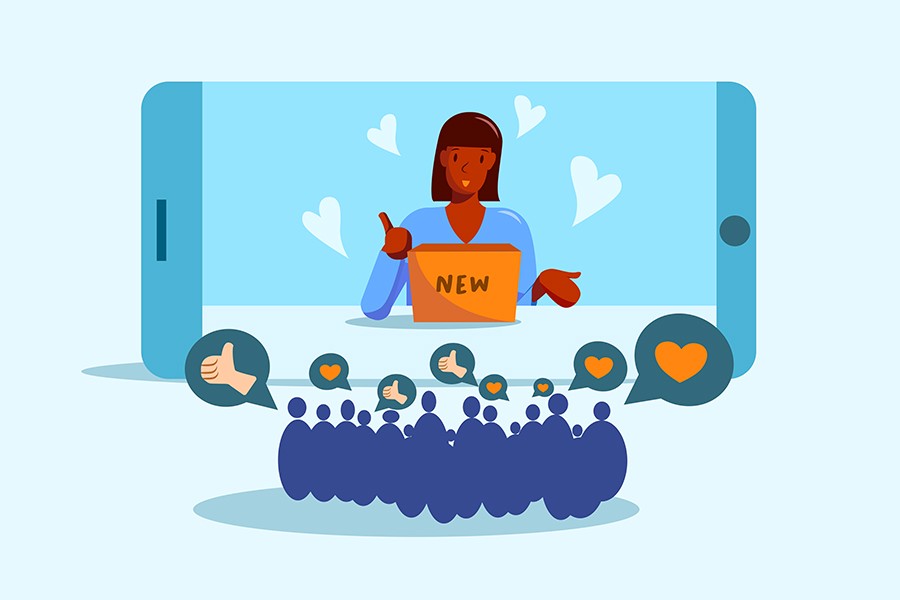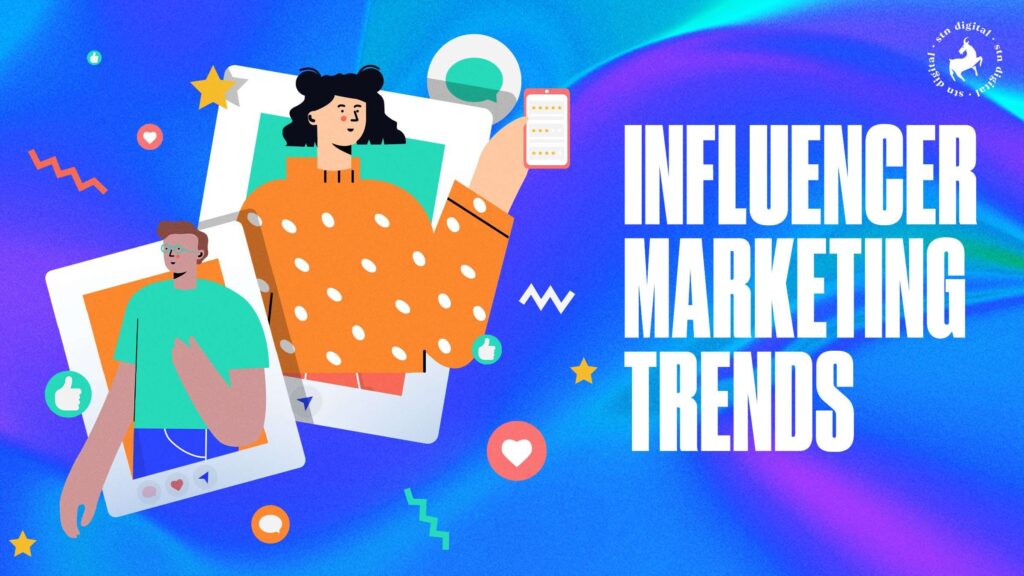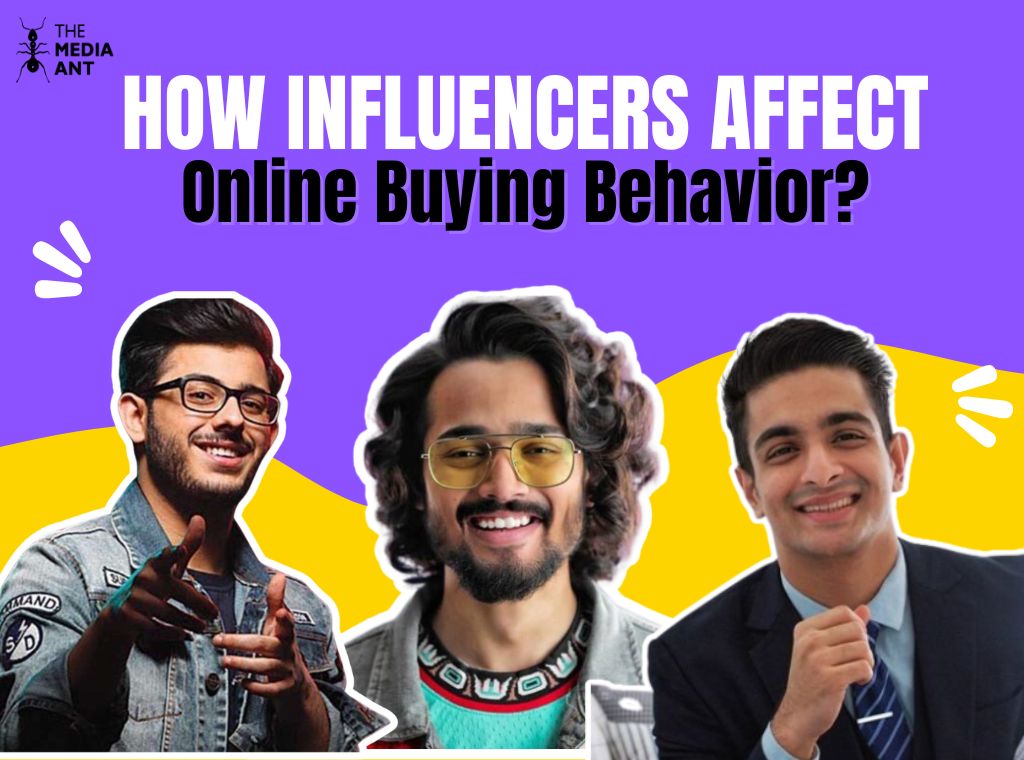Do you sometimes immerse yourself in your social media that then suddenly, you are on a stillness due to a familiar influencer who just sold a new thing? It could be a skincare product that guarantees you the kind of glowing skin that you have always dreamed of or it could be the latest technology that was seemingly modeled after a sci-fi movie. And in a moment, you become a customer who is not just dealing with a television commercial, but is thinking, clicking, maybe even buying. When you start, it feels a bit like magic; dont’ you think so?
It feels like these ‘influencers’ are the trendy sorority sisters of our dreams, only without the constant feuding. They are the ones who seem to always be there for us, and who just know wanted you might be feeling before you have the chance to explain. However, it is not just a matter of those people in social media with a huge number of followers because they are more than that. They are style setters, trend markers and you guessed it -the latest generation of retail sales people.
Therefore, the question that evokes is why we choose to give them the attention? why is seeing somebody else with the product within our immediate area of perception turn us on? Do we take that for granted because of the close relationship we have, or is it their friendly tone or even the good old feeling we get when we see something in action and then try to imagine ourselves being part of it? How about we will discuss this interesting dialogue between the presence of influencers and our grocery carts? In this episode we are looking into the mesmerizing world of influencer marketing to find out why avid consumers make a business out of likes and how they earn for stating their opinions.
The Rise of Influencer Marketing
Influencer marketing, which is among the fastest growing trends of the last 10 years, has gone beyond the marketing strategy, exceeding its borders into the global arena. This can be attributed to the increasingly wide-scale zeal for social media sites and the credibility and loyalty influencers have accrued among their fan base. Different from the usual advertising that brands resort to using, influencer marketing gives an opportunity for organizations to reach their target audience directly through a channel that is trusted and admired by potential buyers.
Types of Online Influencers

Online influencing landscape isn’t limited, and it all depends on the follower count, the niche area of expertise, and the level of trust of an influencer for their audience. To succeed in influencer marketing brands and marketers must know about different types of online influencers that they want to work with.
1. Mega-Influencers
Mega-influencers are called the superheroes of the influencer realm, with millions of followers under their thumb. The famous people usually are athletes, celebrities or various other personalities who became popular thanks to the “old media” or a large online presence. Through their massive followings, super-influencers have unmatched ability to bring brand’s products to the limelight for the audience. Nevertheless, people with substantial or enormous following may have less engagement from their audience than influencers who have smaller numbers of followers. Large brands that try to gain more brand awareness probably prefer their support rather than narrowing spectrum brands.
2. Macro-Influencers
The macro-influencers are in the talented group that have a large following (typically between 100,000 and one million) but they are not yet celebrities (mega- influencers). Most of the time, they are able to acquire their influence by taking advantage of some niche expertise, great content and a robust following of their audience. Micro-influencers combine reach and interactions thus making them suitable for horizontal advertising campaigns aimed at targeting certain demographics or categories with a great impact.
3. Micro-Influencers
Micro-influencers are described as those who have a smaller but loyal and dedicated fan base that could comprise between 1,000 and 100,000 followers. These types often target just one niche – for example, beauty, fitness, gaming, and lifestyle – and are known for their authenticity and for having a dedicated, close-knit community. Small scale influencers tend to rank higher in audience engagement compared to their superstars and celebrities, mainly because fans consider them as more reachable and authentic. Working with micro-influencers gives brands access to personalized marketing campaigns that usually achieve higher conversions.
4. Nano-Influencers
Nano- influencers are part of the newest category in the influencer structure, and their followers rarely exceed 1,000. These non-celebrities may not have such high ratings as other influencer types, but they compensate for that with incredibly high engagement rates which guarantees their audience trust. Nano-influencers typically have a genuine aura of an advisor, making their recommendations sound like personal recommendations from a close friend. At this level of influence, the brand can be highly effective for niche or local brands who want to relay authentic messages and actively interact with their given community.
Choosing the Right Type of Influencer
The decision on which type of influencer to partner with depends on the brand’s goals, budget, and target audience. Mega and macro-influencers are ideal for broad-reach campaigns aimed at raising brand awareness. In contrast, micro and nano-influencers are better suited for targeted campaigns focused on driving engagement and conversions within specific niches. The key to a successful influencer marketing campaign lies in selecting influencers who not only have the right kind of audience but also share the brand’s values and aesthetics, ensuring a natural and effective collaboration.
Mechanisms of Influence: How it affects online buying?

The means of using online influencers to effect consumer buying behavior are multi-dimensional, engaging social, psychological, and emotional dimensions of the decision-making process. Such functions not only disclose how the influencer community interacts with an online purchase but also reveal why recommendations from these sources tend to be more compelling than conventional advertising means. Here, we will discuss each mechanism of the online buying behavior in details to help get a better idea about how they affect the customers.
Trust and credibility
Building trust and credibility forms an essential base for the influencer-follower relationships. The influencers are the people who have been in charge of their online presence for years and who get in touch with the audience by sharing their life stories, personal experiences and recommendations. This long-term commitment to the consumer helps create a legitimate authority in their minds. When an influencer advertises a product, his / her fans tend to trust their recommendation, in a way it looks like an advice from a friend instead of marketing ad from a company. Through the trust, the risk of buying a new product is lowered sufficiently, and consequently, the follower is more likely to make a buy driven by the recommendation of the influencer.
Authenticity and relatability
Authenticity is the genuineness that a person expresses in their interaction, promotion and posts. Relating to include the degree of similarity between a follower’s life and the influencer’s material. The two factors constitute that the influencer’s recommendations touch the audience members on a highly personal side. A person with influence, whether they tell their personal tales, admit to their mistakes, or talk about what they really feel about the product, can make their endorsements seem more believable and known to their followers An individual influence plays a vital role in consumers’ purchasing decisions, as they generally prefer products backed by people they feel a close personal relationship with.
Social proof and herd mentality
Social proof is a psychological phenomenon where people mimic the actions of others in an attempt to reflect correct behavior for a given situation. Influencers serve as a powerful source of social proof because their endorsements signal to followers that a product or service is popular and trusted. This can trigger a herd mentality, where followers buy products not only because they trust the influencer’s recommendation but also because they want to be part of a larger trend or community. The visibility of others using a product or service, especially if those individuals are admired or respected, can significantly influence individual purchasing decisions.
lifestyle promotion
Many influencers curate and promote an aspirational lifestyle, whether it’s through travel, fashion, fitness, or home decor. This lifestyle promotion is compelling because it offers followers a glimpse into a life they aspire to. When influencers use or endorse products that are integral to their lifestyle, followers are influenced to purchase these products in the hopes of achieving a similar lifestyle or status. This mechanism leverages followers’ desires and aspirations, making the product an essential part of attaining their idealized life.
Psychological triggers employed by influencers
Influencers often employ various psychological triggers to influence buying behavior. These can include scarcity (implying that a product is in limited supply), urgency (suggesting that a deal or opportunity is time-limited), and exclusivity (offering access to products or deals that feel exclusive to their followers). By tapping into these triggers, influencers can create a sense of immediacy and importance around a purchase, compelling followers to act quickly to avoid missing out.
Influence on Purchase Decisions

- The impact of online influencers on consumer purchase decisions is substantial and progressively involved, and it is through social media platforms that this influence is magnified. undefined
- Social media has reduced to almost zero, the customer journey since these consumers can view the products and thereafter make a purchase within a few minutes of seeing them on social media. As per a survey by Deloitte, 29% of social media users will prefer purchasing on the same day use of social media, thus signaling it’s relationship with consumer purchasing behavior. This immediate availability of products along with this ability to rapidly conduct research and view reviews leads to a bigger chance that buying decisions will be made on the spot.
- Social proof is one of the most important factors when it comes to decision making about a certain purchase. Reportedly, a recommendation that could come from your friend or influencers on social media can have a profound impact on the behavior of consumers, with the fact that 81% of consumers’ purchasing decisions are being influenced by their friends’ posts on social media. Hence, the effect is much higher as influencers build their audience’s trust and credibility over time, making their recommendations even stronger.
- Power of influencing, especially micro-influencers who are often having an audience with a niche and dedicated followers, is a crucial factor in marketing decisions of purchase. Their advice appears as more honest, genuine and believable than that of brands. Influencer marketing research revealed that nearly a half of Twitter users have made purchases solely based on the influencers’ tweets which highlights how far-reaching the effect of influencer endorsements could be on consumer spending.
Future trends of Online influencer marketing

Influencer marketing is a trend which is growing fast, new tendencies becoming major features. Influencer marketing which in effect has multiplied by approximately ten the total market size since 2016 from $1.7 billion to an estimated $16.4 billion by 2022. This growth trajectory iconically shows that more and more companies prefer using the influencer marketing practice in the digital era.
- The consumers now demand the real human experience and are more sophisticated, shunning those ‘too perfect and imperfect, authentic and scripted content equally. This shift is the case where brands and influencers develop genuine interactions, give real peculiarities and engage at a deeper level.
- Small, yet influential micro and nano-influencers are in demand because their relatively small audiences consist of the most attentive and involved consumers. As such, many brand managers will partner with micro-influencers who have better levels of engagement and more targeted access to specific population groups.
- Brands are now extending the use of influencer generated content not only on social media but also to other marketing channels, such as email marketing, websites, and outdoor advertisements. Therefore, such an omnichannel approach is crucial for triggering a unified brand voice and using the credibility of influencers across all platforms.
- In time as influencer marketing is becoming more mature, a particular discourse in measuring the contentious return on investment (ROI) of influencer campaigns is surfacing. As brands look for more sophisticated metrics, analysis and assessments of the effectiveness of their influencer partnerships beyond likes and follower counts, they can now access real insights into the performance and impact of their influencer marketing strategies.
- The technological development, evidenced by artificial intelligence and machine learning, has increased the space of influence marketing. These offer an opportunity to the marketers in correctly picking up the right influencers, working out the best ways in which the campaign is performing and dividing the content audience-wise.
FAQs
What is the impact of influencers in the consumer’s purchase intention?
Influencers significantly sway consumers’ buying intentions by leveraging trust and relatability, impacting decision-making.
What are the factors influencing buying decisions?
Key factors include product quality, price, reviews, personal preferences, and influencer endorsements.
How do Instagram influencers affect the consumer buying behavior of Gen Z?
Instagram influencers shape Gen Z’s buying habits through trendy endorsements and authenticity, driving brand preferences.
What is meant by influencer in consumer Behavior?
An influencer affects consumer choices through their authority, knowledge, position, or relationship with their audience.
Who has the most influence on purchase decisions?
Family, friends, and social media influencers often hold the most sway over purchasing decisions, varying by demographic and product type.





